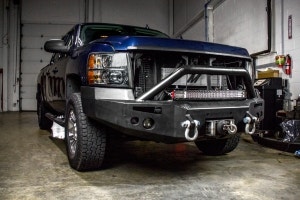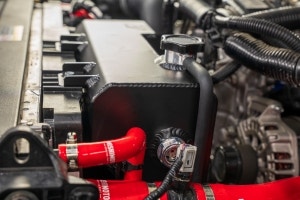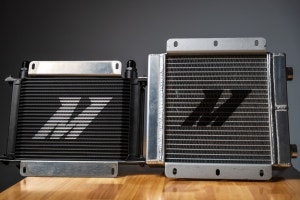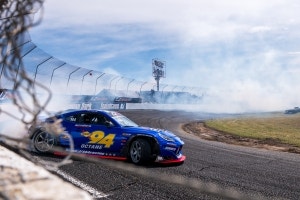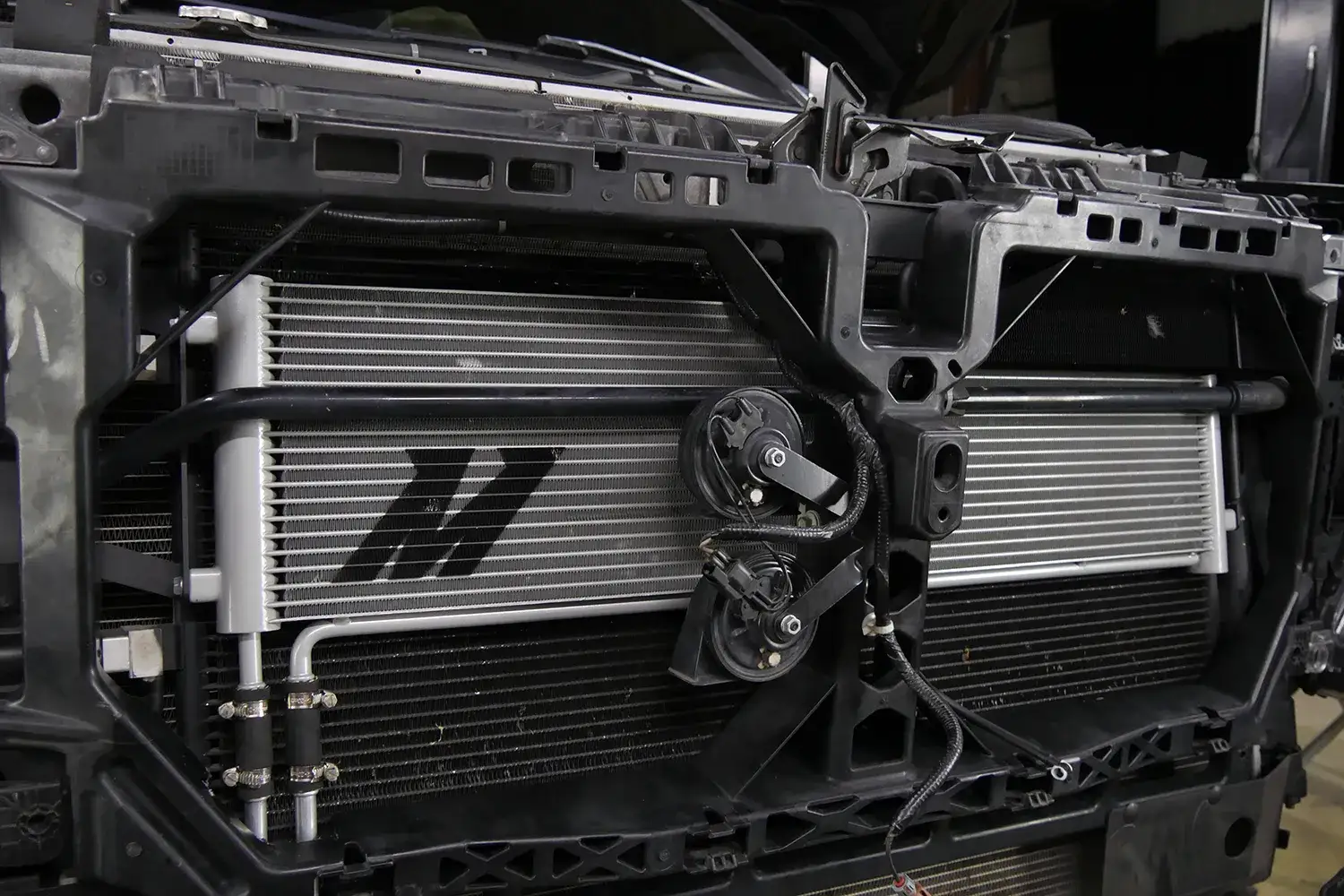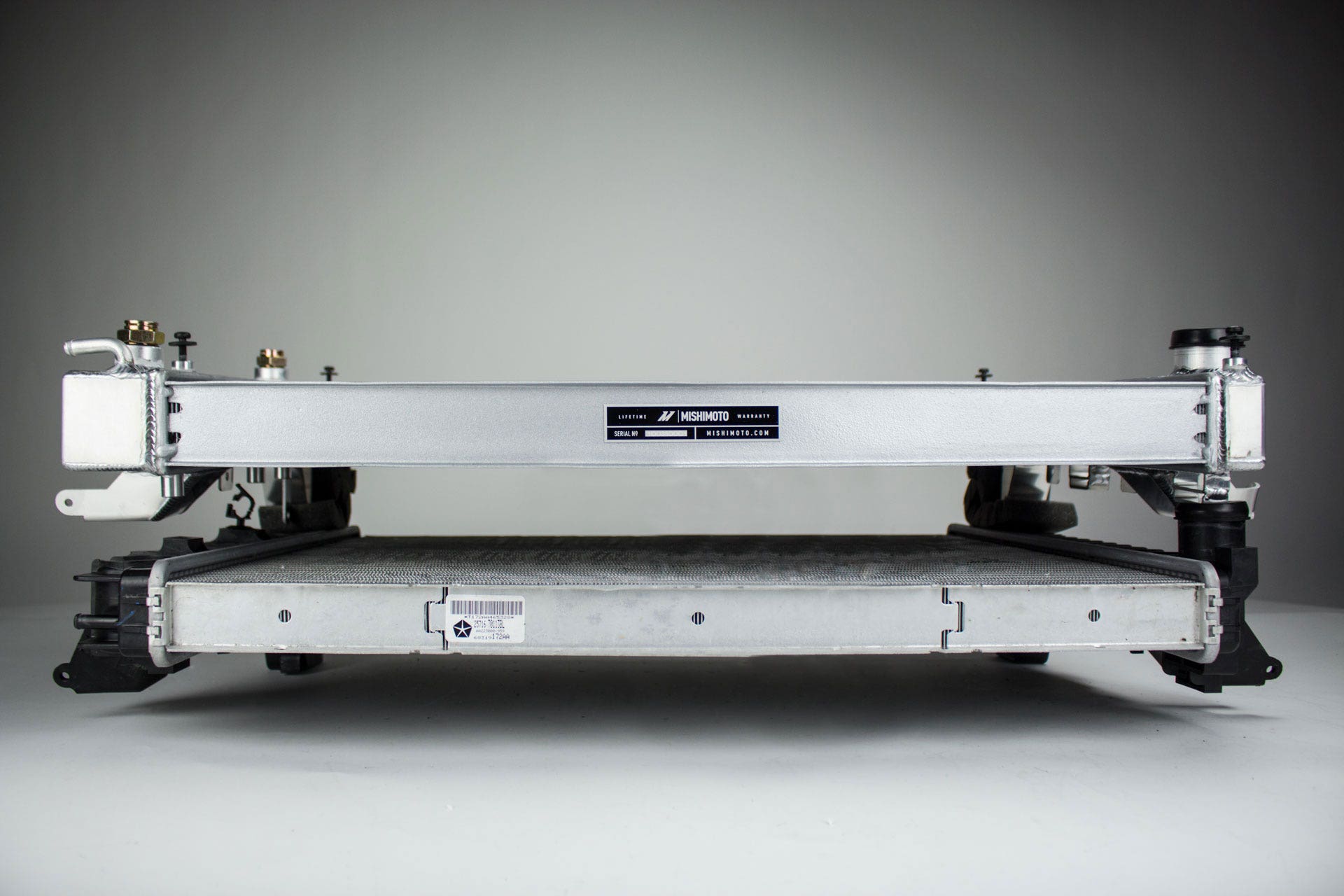
Reviving a Legend - Radiator R&D: Design & Build
This radiator is on pre-sale! Check it out on our website!
When AMC first began designing the XJ Cherokee as early as 1978, I doubt they knew that almost 40 years later their design would still be coveted by off-road enthusiasts as one of the greatest rock crawling and trail forging vehicles of all time. The engineers at AMC also probably didn't think that many of those XJ's would still be running with their original radiator. Between daily driving, fording rivers, and the occasional large rock or two, the effects of time and mother nature have taken their toll on these radiators.
Once solid and reliable, the plastic end tanks have begun to crack, leaving evidence of their frailty as puddles in parking lots and driveways. The robust metal fixtures have given way to the persistence of rain and salt, becoming nothing more than crumbling rust. Carefully designed fins and tubes have been battered by rocks flung from the tires of Kias and Priuses, blocking precious air and coolant flow. The Goliath XJ that has dominated mother nature's landscape for so long is slowly being destroyed by it.
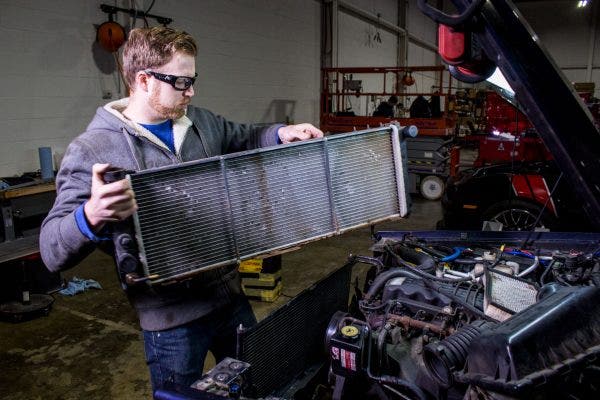
At Mishimoto, we've set out to stop that destruction and bring these off-road legends a radiator as tough as they are. To do that, we've designed a direct-fit, all-aluminum replacement that maximizes cooling efficiency through a larger core, while adding structure to the weak areas of the rad, namely the end tanks and core. We started the design phase with our engineer, Jason, measuring the stock radiator from a volunteer XJ. Aside from the rust and plastered bugs, Jason made sure to measure every fitting and bolt to ensure our rad would be a direct-fit for the OEM rad.
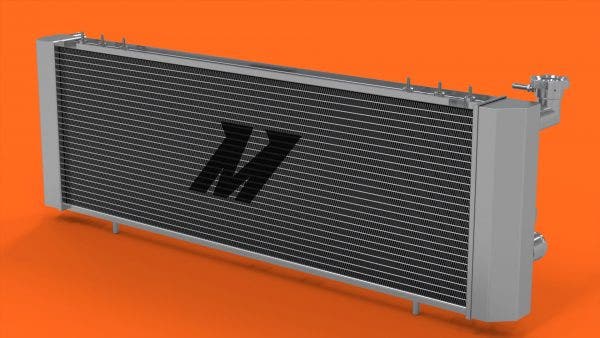
Just replicating the stock design would be great if Mishimoto wasn't a performance driven company; but we are. Some vehicles and designs leave us very little room to work with, presenting challenges in the space that the radiator occupies or the way it's mounted. The XJ Cherokee is one of those vehicles. A cramped front end, with most of the space being allotted to the 4.0L engine, makes it difficult to fit a thicker radiator without causing interference with the engine accessories. However, the OEM design did leave us with one option.
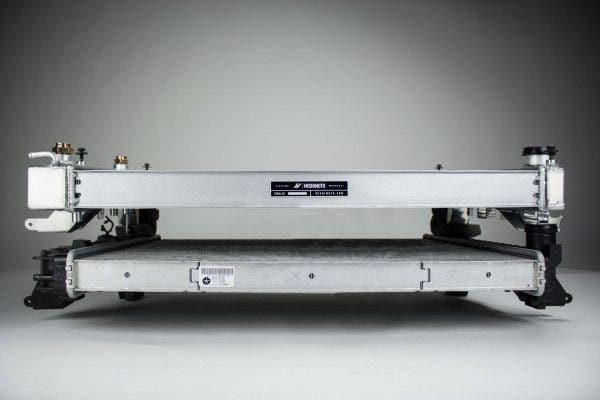
If you look at many OEM radiators, you'll find that the core doesn't quite fill the end tanks. There's a simple explanation for this: end tanks are cheap, cores are expensive. On most radiators, the end tanks need to accommodate the radiator mounting points, electric fan mounts or fan shrouds, a slew of connectors, and of course, the coolant inlet and outlet. The end tanks serve a lot of functions and they often determine the amount of space the radiator takes up. The radiator core, however, only needs to perform one function in the most cost-effective manner possible. Consequently, manufacturers choose the smallest core that cools efficiently enough for the average driver and the average set of tasks the vehicle will perform.
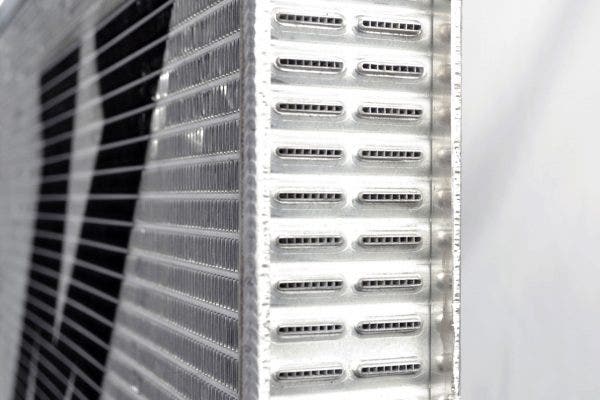
A two-row core means greater surface area and thus greater cooling.
This unused area in the end tanks is where Jason scavenged space to make the core larger, without interfering with any of the engine's accessories. It might look insignificant, but that space on either side of the stock end tanks allowed Jason to design the radiator with a two-row core, resulting in a 100% thickness increase and a 90% greater fluid capacity.
The larger core generates greater cooling efficiency, an important aspect of any performance radiator, but it's useless without the strength to back it up. We know that our radiators will be equipped on XJ's who are more at home on the trail or a cliff face than they are crawling pavement at the mall, so we needed to be sure that it could hold up to the stress of barreling up a hill-climb or dropping a wheel off a four-foot tall boulder. Being welded aluminum, the Mishimoto end tanks will inherently be stronger than the crimped plastic of the OEM radiator, but we wanted to take this rad a step farther.

The "struts" on the inside of the tubes pictured here help disperse stress, much like the walls in your house.
Traditional radiators utilize a rolled tube that is hollow in the center. This design is cheap, simple to make, and flows coolant easily, but it's inherently weak without any structure to keep the tube from flexing and cracking. Adding several vertical supports along the interior width of the tube gives stress an avenue to travel down into stronger parts of the radiator, much like the load bearing walls of your house carry the weight of the roof to the ground. This design is known as a "strutted" or "harmonica" tube and it greatly increases the strength of the tube, preventing cracking, even in the harshest environments. Once Jason had nailed down a design that would keep the XJ cool and stand up to anything a driver or mother nature could throw at it, he sent the drawings off to manufacturing to have a sample made.
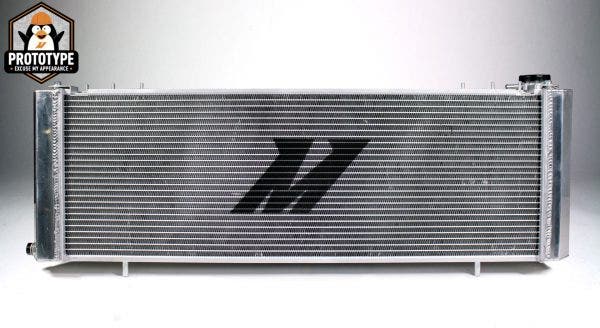
A few weeks later, a production sample of our XJ Cherokee radiator made its way into our office. After admiring our reflections in the end tanks for a bit, we called in our volunteer XJ to test fit the radiator. Jason made quick work of removing the buggy, rust-ridden stock radiator and it was time to see how our all-aluminum replacement fit. Of course, Jason was happy to find that his plan of expanding the core size within the stock end tanks had paid off. There was no danger of any interference with the fans or the pullies and belts whirring away behind them.
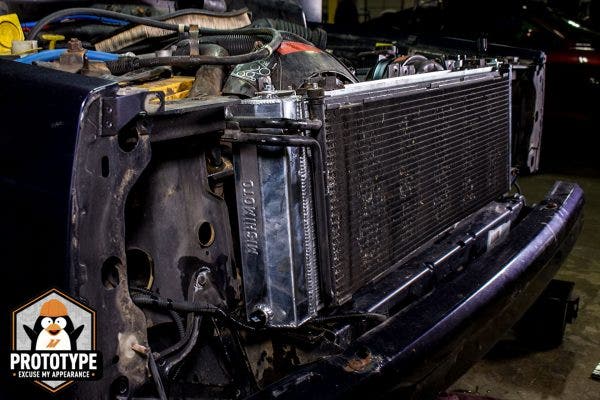
After buttoning up the XJ and sending it on its way, Jason gave the word; this radiator was ready for production. In a few weeks, these radiators will be making their way into the hands of those who spend their weekends enjoying the freedom of the open road, and open fields spotted with boulders. The mighty XJ will have a radiator fitting of its reputation.
Thanks for reading,
-Steve
